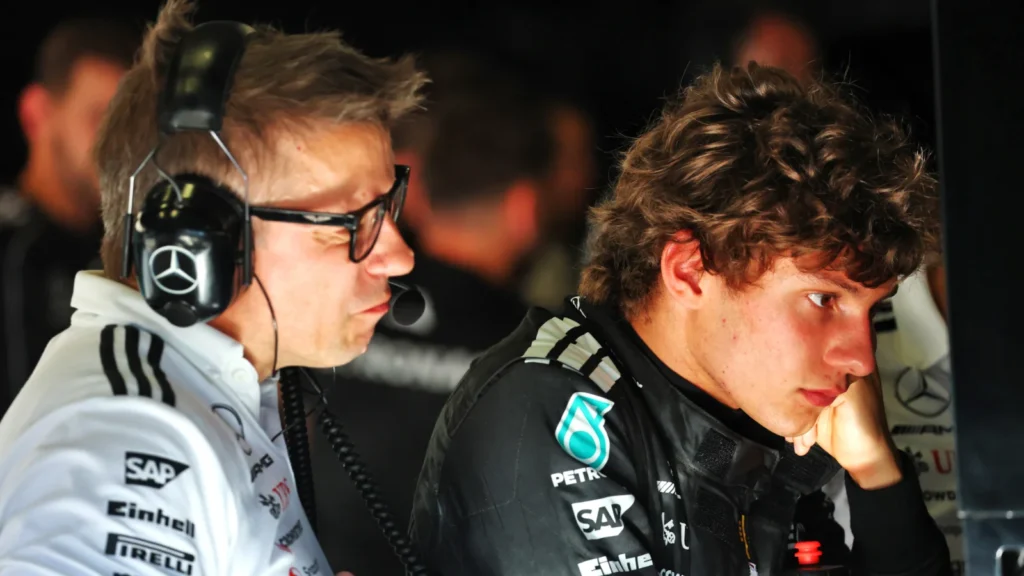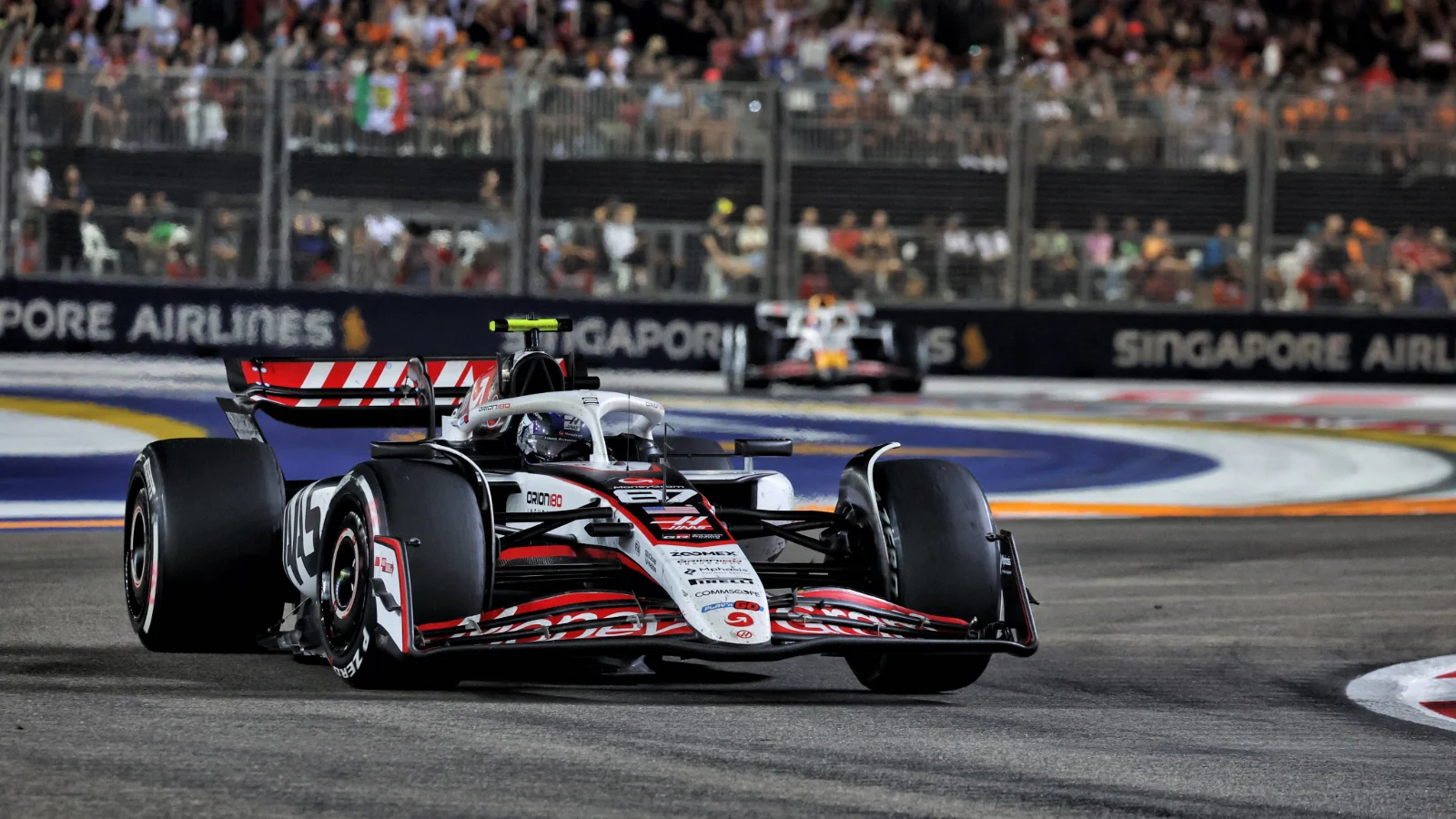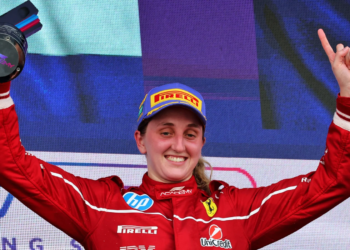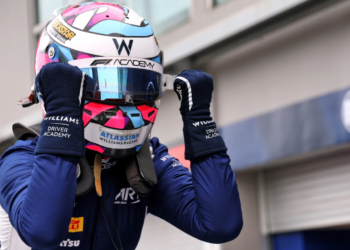The next generation of racers is not only getting behind the wheel, but they are also transforming what it means to compete in the fast-paced, high-tech world of racing.
Gen Z drivers are bringing a new level of ambition, variety, and digital know-how to Formula 1, Formula 2, and the F1 Academy. This is transforming how people around the world watch and interact with the sport.
As young fans learn about racing through social media and streaming shows, a new generation of drivers is becoming both sportsmen and influencers. This indicates that stories, connections, and culture are still important in modern motorsport.
If you prefer online games and competitiveness, you should read the mystake casino review to learn more about the realm of skill and precision in digital entertainment.
The new look of speed and strategy
Teenagers and people in their early 20s, like Ollie Bearman, Kimi Antonelli, and Bianca Bustamante, prove that young people may be just as enthusiastic as older people. Bearman had a remarkable first race in Formula 1 at the Saudi Arabian Grand Prix, when he finished sixth for Ferrari.
This proved that bravery and tranquillity can coexist. Antonelli, who is already signed with Mercedes for this year, has become a symbol of Italy’s renewed ambitions in motorsport.
The fact that Bustamante went from being a karting star to a star in the F1 Academy under McLaren’s development program is a terrific illustration of how women can accomplish anything and how motorsports are becoming more global.

These young racers are now famous all around the world, not just as drivers. People can follow their experiences as they happen online on sites like YouTube, TikTok, or in Netflix documentaries.
Formula 1’s 2025 Global Fan Survey says that fans are “always-on and emotionally invested” in the sport. This openness between the paddock and the public helps close the gap.
Getting involved online and being different
The kinds of people that follow motorsports are changing because of Gen Z racers. The same study also indicated that over half of new Formula 1 fans under 25 are women!
Seventy percent of Gen Z respondents stated the sport’s image matches with their beliefs and way of life. Bustamante and Marta García, the first F1 Academy Champion, are two athletes who are helping to make women in racing more visible.
The sport is becoming more multicultural, as seen by drivers like Franco Colapinto from Argentina and Franco-Algerian Isack Hadjar. Their stories have meanings that go beyond the racetracks. They have themes of acceptance, tenacity, and representation that young people who are good with technology like.
The grid of the future
As this new generation grows up, the future of racing looks both competitive and connected. It’s become harder to tell the difference between sports, culture, and technology.
For instance, e-sports, AI-powered analytics, and real-time fan interaction are transforming how drivers practice and how fans talk to each other. For Gen Z racers, speed is equally as crucial as being able to adjust.
Young people are making motorsport popular again. These drivers chat to each other, motivate each other, and come up with fresh ideas besides racing.








